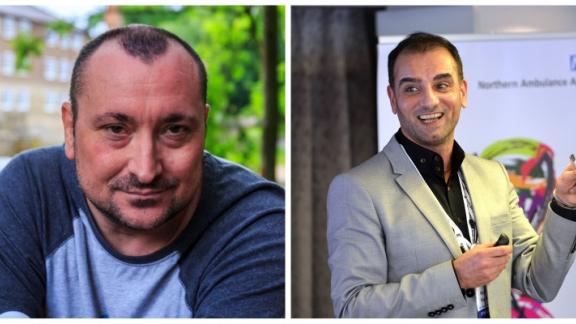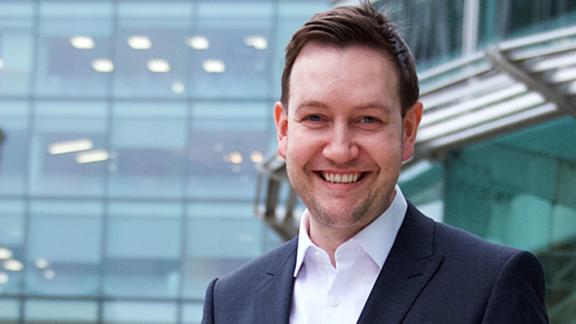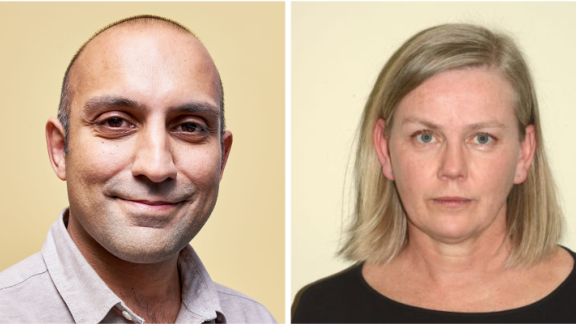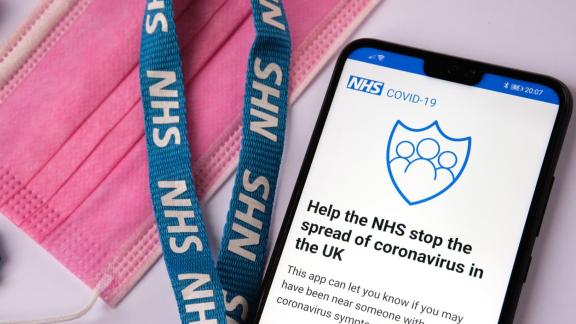Cutting through the fake news

Bradford Teaching Hospital's head of communications and equality, diversity and inclusion share how they worked together to dispel the myths, conspiracy theories and fake news that were taking a toll on local communities at the height of the COVID-19 pandemic.
The COVID-19 pandemic created ideal conditions for the spread of fake news. It’s difficult to determine the starting point, but the ban on hospital visiting at the peak of the pandemic disconnected patients, relatives and staff in a way we have never experienced before.
Rumours and scare stories were rife among local communities. At Bradford Teaching Hospitals NHS Foundation Trust, we had sick patients who refused to be admitted for fear of what would happen to them or fear of catching COVID-19.
Worryingly, the numbers of patients who were presenting at the emergency department with symptoms of serious illness, such as cardiac arrest and stroke, were below what we would normally expect. Fewer women were seeking help from the maternity unit. People were staying away from our hospitals.
At the height of the first wave, we had to focus on dispelling the myths, conspiracy theories and fake news which was prevalent locally on social media. We had a real communications challenge on our hands.
Rethinking engagement
The population of Bradford, and particularly the communities in close proximity to the hospitals, are incredibly diverse, with more than 100 languages spoken across the district. Bradford has a set of circumstances that, together, create a disproportionate demand for health and care services.
We recognised our traditional communication channels wouldn’t reach those grassroot communities. A re-think was required; we had to find different ways of engagement. The communications team joined forces with Kez Hayat, our head of equality, diversity and inclusion, to face the fake news head on. This was our key strength and our focus on openness and transparency was a critical component.
The national media focused on reporting death statistics every day. We wanted to reassure our local population that people were surviving COVID-19.
In direct contrast to national advice, we published a range of COVID-19 figures daily to quell the rumours and fake news which were exaggerating the number of hospital admissions and deaths. Every day we tweeted the number of people who had been discharged after surviving COVID-19.
This served to take away any mystery around our hospitals’ situation at any given time.
At the point of discharge, Kez helped us interview many COVID-19 patients, from all backgrounds and ethnicities, and in the most common languages of the local communities: English, Urdu, Pahari / Pushto, Hinko, Punjabi, Polish, Czech / Slovak, British Sign Language (BSL). We gave patients a platform to talk about the severity of the virus and tell their story in their own words.
They spoke about the love and care they had received from staff. How they had battled through months in intensive care. How overwhelmed they were to be cheered out of hospital and wheeled out into the sunlight and the arms of their families.
These videos were sent out on our social media channels and distributed among a network of WhatsApp groups that were set up with key people in the local community. One video in particular, filmed entirely by Kez in Hinko dialect with an 83-year-old survivor, went viral and had a huge positive impact on the local community.
Kez worked with our black and minority (BME) staff to get messages out to the community, highlighting the services in operation, changes made in light of the pandemic and how the trust had been helping patients to recover with high quality care.
Open communication
We worked with local, regional and national media; our partner health and social care organisations; and numerous community groups to share messages, target messages and maintain a constant flow of open communication about how our hospitals were responding to the demands of the pandemic and keeping our patients safe.
Our director of Bradford Institute for Health Research teamed up with Radio 4 to deliver weekly podcasts ‘From the front line’ highlighting the challenges, innovations and progress the trust experienced.
We produced a range of videos to support messages around maternity care during COVID-19. We reached out to women’s groups, community groups and patient groups to target messaging and ensure we engaged with some of the most vulnerable people in our communities. Some of these videos included our senior clinicians, from BME backgrounds, providing a range of information. They were also in community languages and were very well received.
BBC Panorama chose our maternity unit to film ‘Lockdown Babies with Stacey Dooley’ – this reassured local mums-to-be that maternity care remained fully open and safe, and shared this message with the rest of the country. Our chief nurse spoke on Fever FM and British Muslim TV, providing a range of information and reassurances to the Muslim community.
Well Bradford, the Trust’s community engagement initiative, focused on engaging and improving the opportunities for residents of the most deprived communities, including largely BME populated areas on the doorstep of the trust. A member of the Well Bradford team facilitated the links between numerous community-based WhatsApp groups and the trust.
Our equality, diversity and inclusion colleagues became a vital part of the communications team. We had to think differently and work creatively, and will continue to do so as wave two and winter pressures tighten their grip.
Jason Joy is head of communications at Bradford Teaching Hospitals NHS Foundation Trust. Kez Hayat is head of equality, diversity and inclusion at the trust.
Are you an NHS communications professional?
Sign up for our NHS Communications Bulletin for the latest communications, media and PR thinking, straight to your inbox every month.


